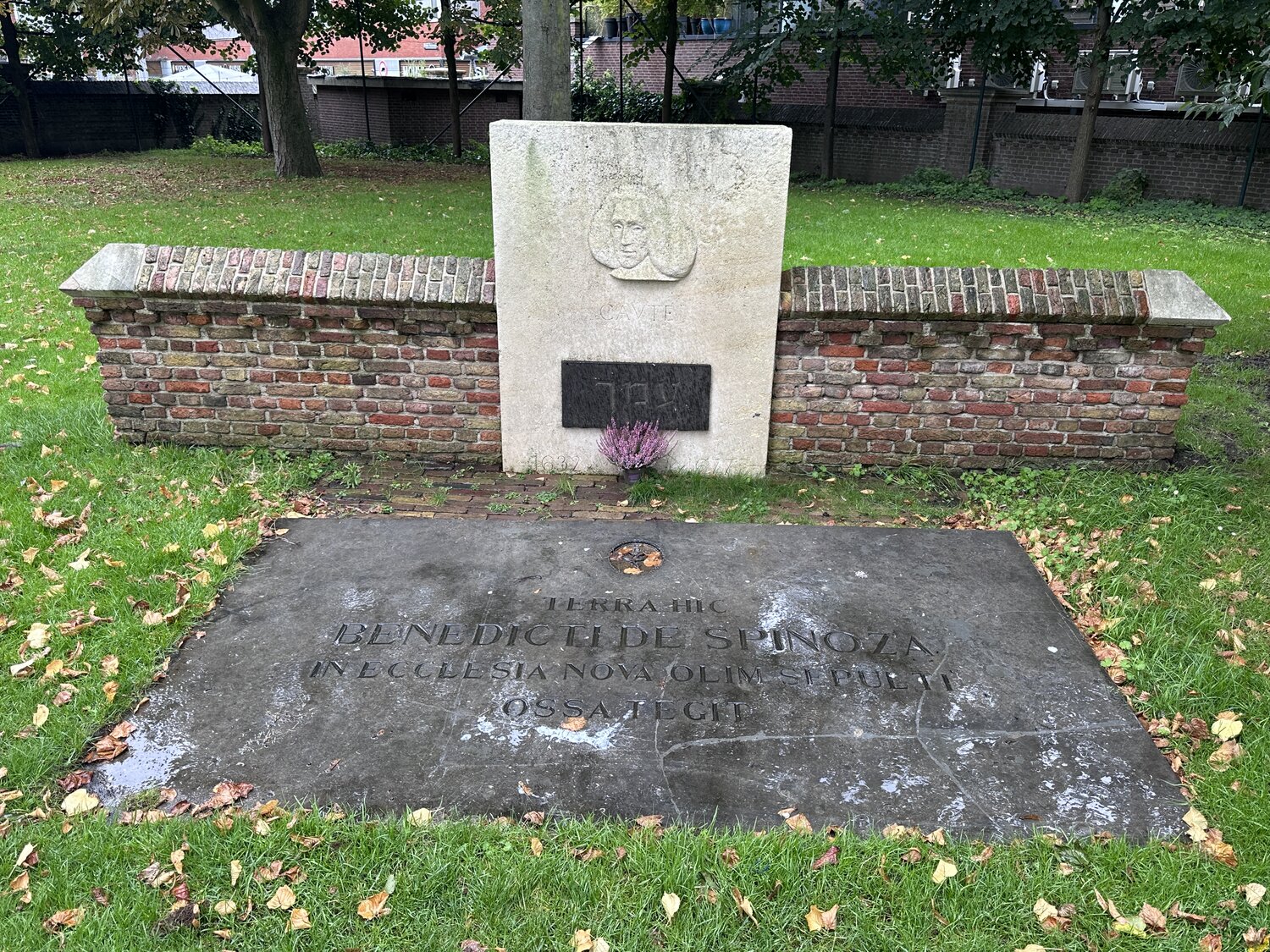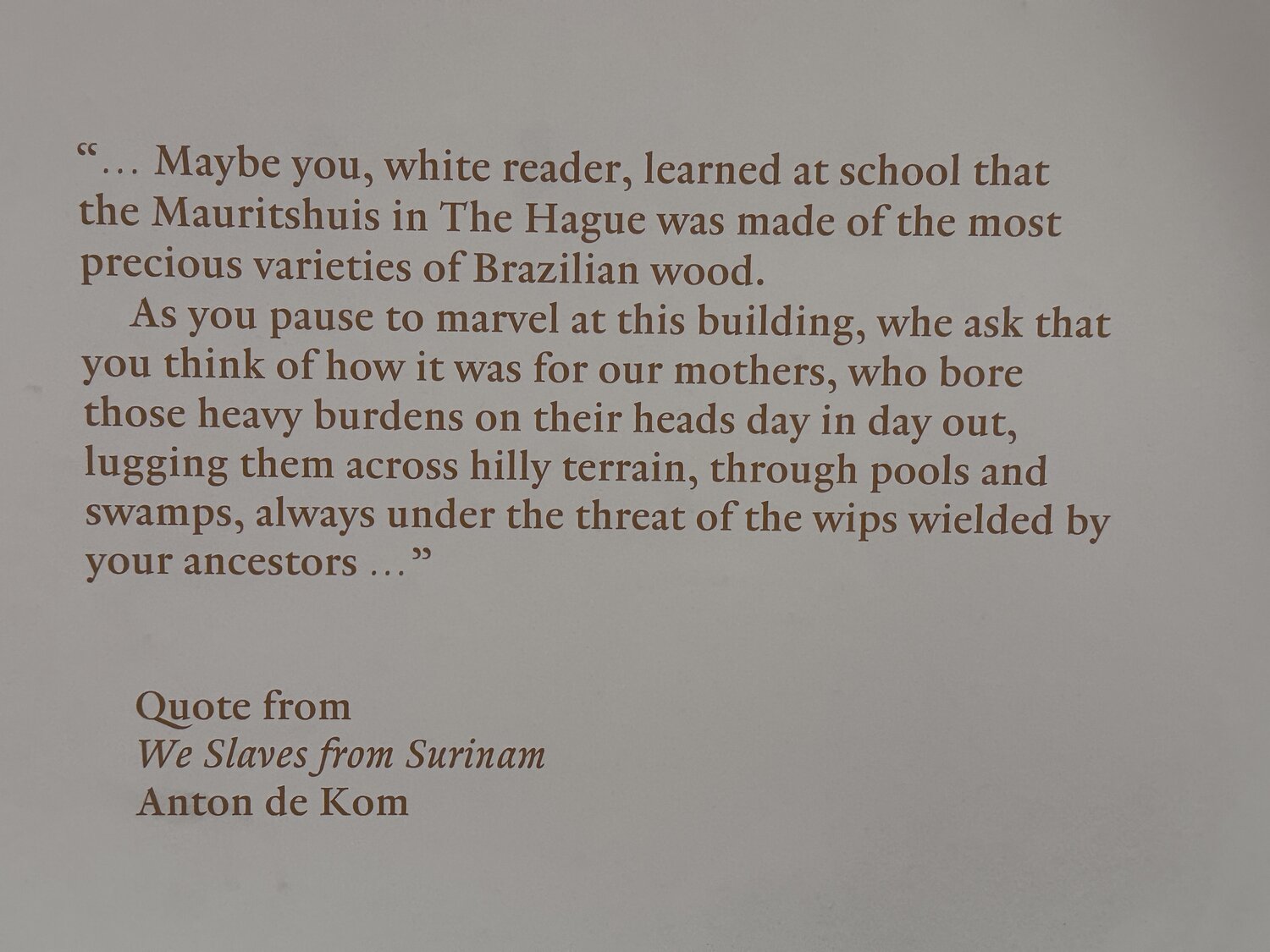The Hague Humanity Hub
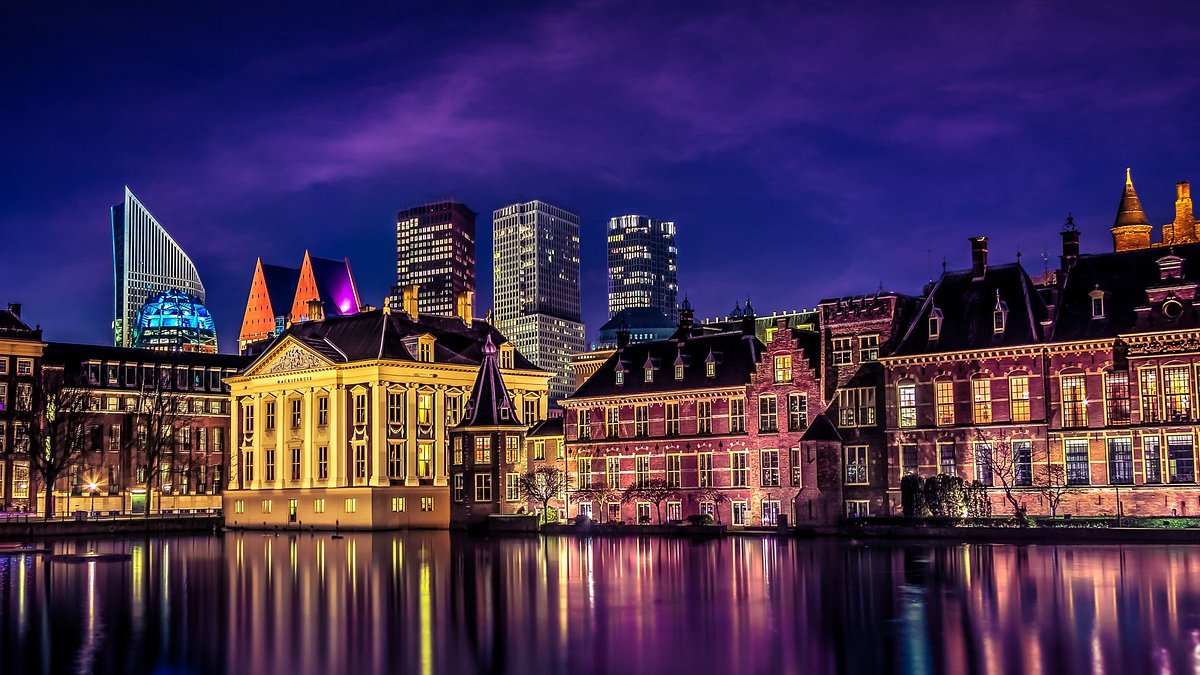
This will be a short one.
My trip to he Hague was a bit of a bust – I had a wonderful visit with The Hague Humanity Hub (HHH from now on), as you’ll see, but my hosts were out of town and my other appointment cancelled at the last minute due to illness, so I do need to go back. And I am happy to, because The Hague is a fun and interesting town, a cultural center and a fun town to walk around. It is also the third-largest city in the Netherlands, known as “International City of Peace and Justice.”
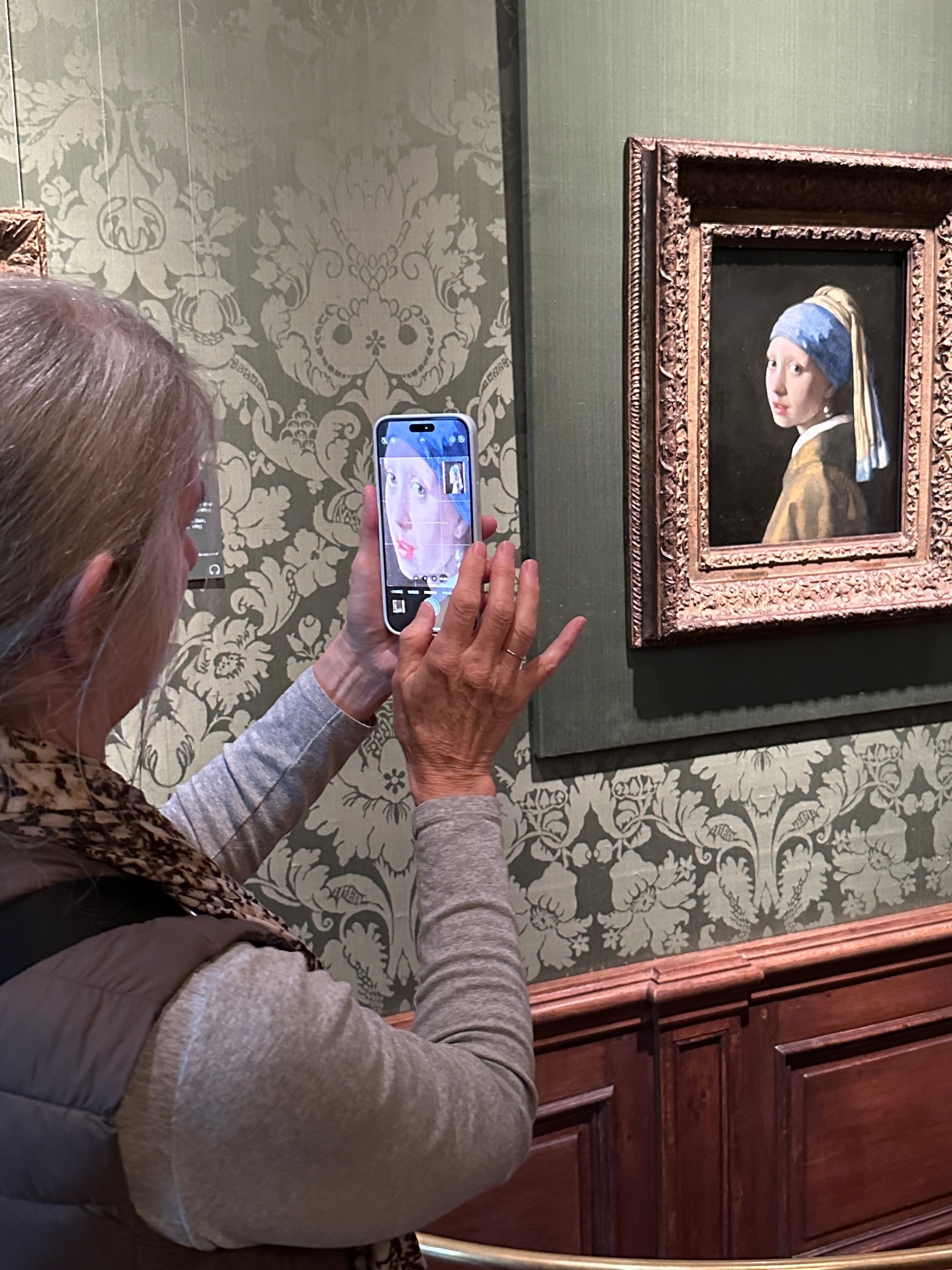 Valerie snapping Girl with a Pearl Earring (circa1665), Vermeer’s most famous work, at the Mauritshuis Museum. Really wonderful art all around The Hague.
Valerie snapping Girl with a Pearl Earring (circa1665), Vermeer’s most famous work, at the Mauritshuis Museum. Really wonderful art all around The Hague.
I met with Jill Willkinson and Alexandre Taillander at the HHH, and they were gracious and welcoming. The HHH is a bold idea – The Hague is chock full of organizations that do international law, peacekeeping, diplomacy, and conflict work. The Permanent Court of Arbitration, set up as an alternative to countries going to war (and very busy right now), has been adjudicating international disputes for 125 years. Peace and justice is the second largest sector of the city, involving more than 40,000 people and over 900 NGOs.
An interesting tidbit - some say ‘geography is destiny,’ and the Netherlands is a perfect example. The Netherlands is a natural location for this sort of work because of its history coping with its polder. Polder? (I had never heard the word either.) Polder is land reclaimed from the sea, protected by dikes. Over twenty-five percent of the Netherlands is below sea level, on land reclaimed from the sea from as far back as the 14th century. Some areas are over 20 feet below sea level. Preserving the dikes and controlling the sea is a national priority.
Because of this constant threat of being inundated, the Netherlands had to cooperate as a nation on the monitoring and protection of its land and water. So it set up “Water Boards” that are not subject to the kinds of national politics other parts of government are; they hold elections, levy taxes, and function independently from other government bodies. The country cannot afford to let the politics of water threaten its very existence, and so has agreed to depoliticize the Water Boards to the degree possible. This ethic has filtered through society — an ethos of cooperation for the mutual good. It is in that spirit that The Hague developed into the center for international law.
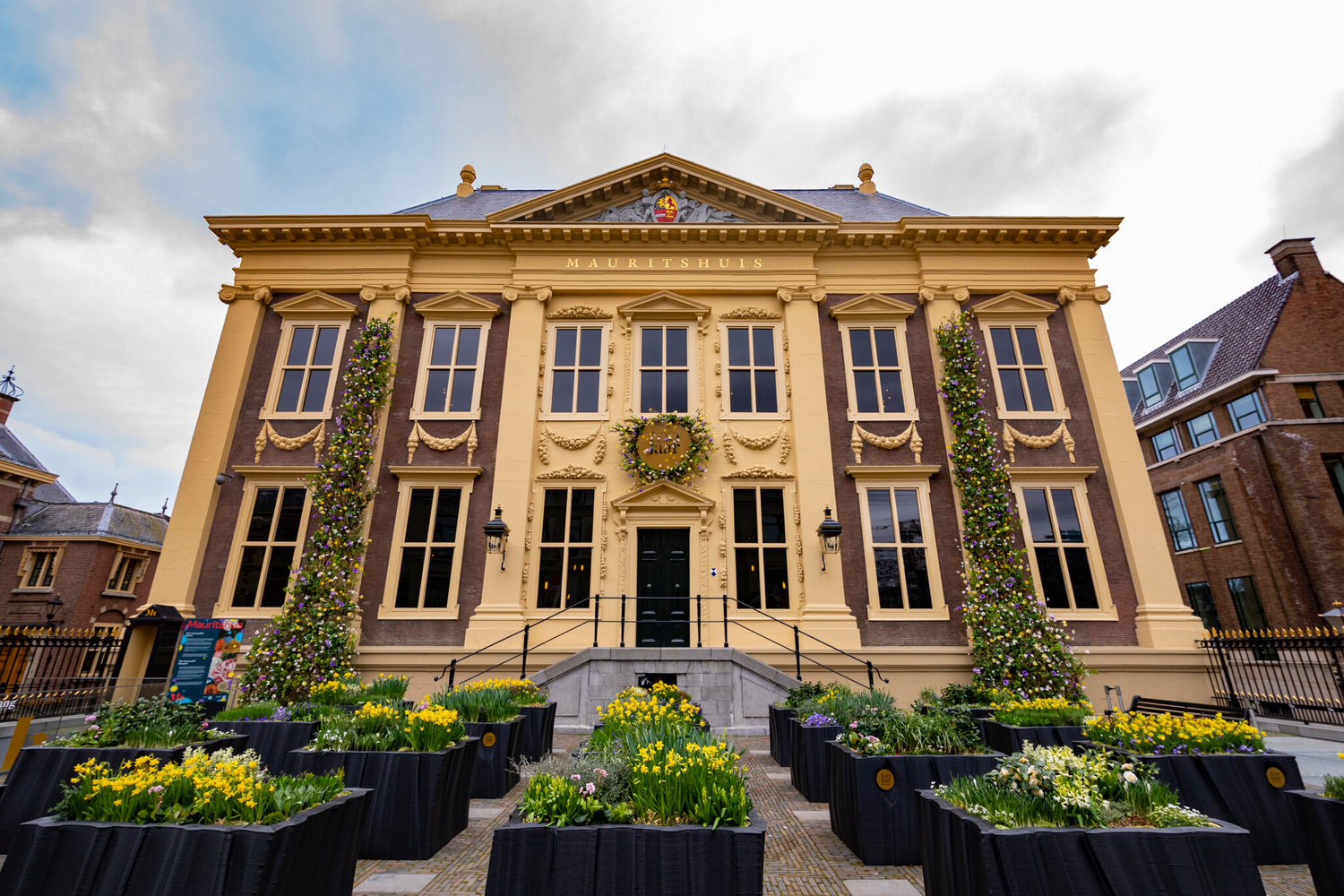 One might naively appreciate the beauty of buildings in the Netherlands, such as the Mauritshuis Museum with its beautiful wood interiors, until you read placards like the one below, in an exhibit at the Museum about Holland’s slave history.
One might naively appreciate the beauty of buildings in the Netherlands, such as the Mauritshuis Museum with its beautiful wood interiors, until you read placards like the one below, in an exhibit at the Museum about Holland’s slave history.
The Netherlands seized the country of Suriname in 1667 and ruled it mostly until 1975. The majority of the population was enslaved people from Africa until the mid-19th century. There is still a large Surinamese presence in Holland, and excellent Surinamese restaurants. But it all comes at a high price.
In the 1990s the city began to capitalize on its identity as a city of peace, law and diplomacy and over the following decades tried to see what else they could be doing to promote and develop their brand. They realized that there was no central place for the thousands of people and hundreds of NGOs and government workers involved in these pursuits to interact, to meet each other intentionally, to train, to run mutually beneficial programs. And so the The Hague Humanity Hub was born, funded in large part by the city itself.
HHH had to define the parameters of this sprawling and diverse community they were meant to serve, figure out how to support it and develop its ecosystem. They decided to focus on the individual doing the work so that people could could interact more freely and could join even if their organizations didn’t want to. HHH, therefore, has only individual members, no institutional members.
They try to bring sectors together, especially those seemingly fragmented. For example, they started a group for climate change and justice, and many who joined had no idea the other people working in the same sector even existed. Their main goal is to foster trust; they have no agenda, are not competitive, and so promote trust building.
They are a wonderful model for how to connect – they don’t think of themselves as “building” community, but as connecting communities already there. There are other, similar models – the Impact Hub based in Vienna, for example, runs over 300 programs in 59 countries, and tries to build networks of businesses to create “impactful solutions” for the future. In the US there are groups like the Open Gov Hub in DC whose mission is to encourage open government, or the Simmons Center in Chicago (connecting NGOs, philanthropists, and business). But HHH is unique in its focus on the peace sector. Can we incorporate this model into PACT? Hmmmm….
